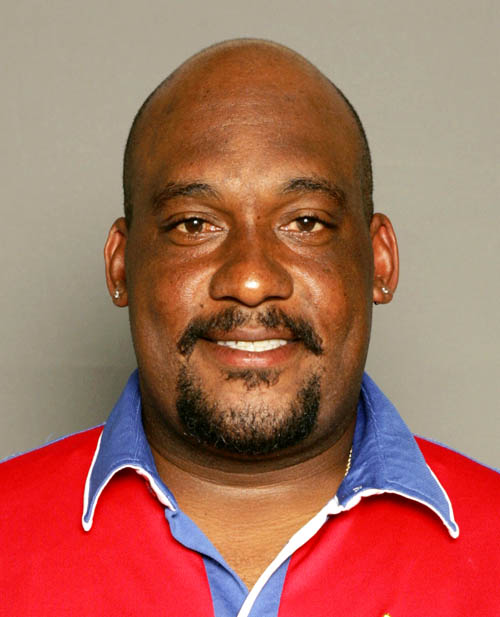 There was a time when players used to retire from cricket at the end of their career. However a new concept has begun to raise it’s ugly head; “Test retirement”. The second announcement in a week of a prominent cricketer came today when Chaminda Vaas announced that he was retiring from test cricket to focus on Twenty20 and Limited Overs cricket. This coming of course, off the back of the much publicised announcement from Andrew Flintoff of exactly the same thing.
There was a time when players used to retire from cricket at the end of their career. However a new concept has begun to raise it’s ugly head; “Test retirement”. The second announcement in a week of a prominent cricketer came today when Chaminda Vaas announced that he was retiring from test cricket to focus on Twenty20 and Limited Overs cricket. This coming of course, off the back of the much publicised announcement from Andrew Flintoff of exactly the same thing.
It comes as little surprise for this generation of players. Test cricket is a long cruelling game of stamina and can quite easily take it’s toll on the body, so it’s natural to understand why players like Flintoff who has struggled with injuries throughout his career would clearly look to find a way of extending it. Having a long career in cricket can be very lucrative these days, with all the money from the IPL it has never been a better time to play cricket.
In fact, the pay difference between playing test cricket and Twenty20 cricket is so great, that it’s getting to a point where Test cricket is actually becoming a bit of liability.
Look at the recent turmoil currently taking place with West Indian cricket. Pay is the central problem at the moment in the dispute – one can easily speculate the catalyst for this dispute, or at the very least one of the major pain points for some of the high profile players. The Test series between England and the West Indies. It was not part of the Future Tours Program, and the Windies had just recently defeated the English on home soil in a war of attrition 1-0 series. With Sri Lanka pulling out because of their players commitments to the IPL, the Windies were a last minute replacement, and the impact of this meant that star players like Chris Gayle were suddenly out of pocket, significantly.
The reality of the situation is that, unless you’re Australian, playing Test cricket can actually cost you money. Only Australian’s have voluntarily omitted themselves from playing in the IPL, this year Ricky Ponting, Michael Hussey, Michael Clarke and Mitchell Johnson were all high profile players that chose to make themselves unavailable for this competition – in fact Clarke and Johnson have steadfastly avoided even being a part of the draft process entirely. Is it really just a coincidence that these players are actually the top 4 money earners under lucrative Cricket Australia contracts?
It’s because they’re just about the only players who can afford it.



No comments:
Post a Comment